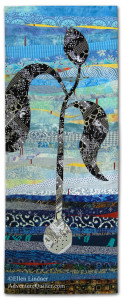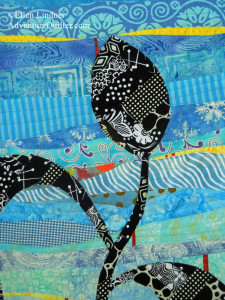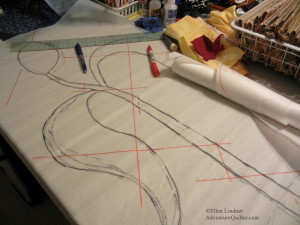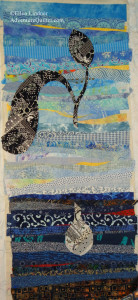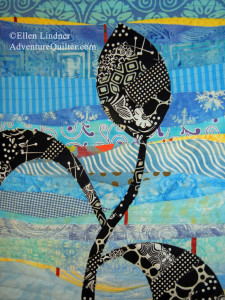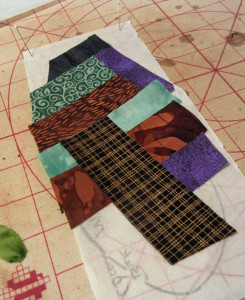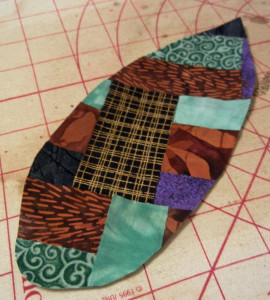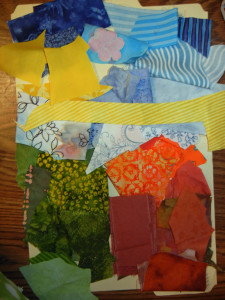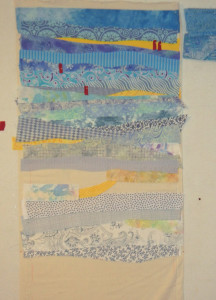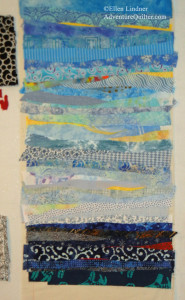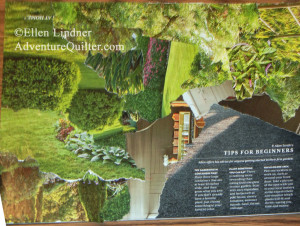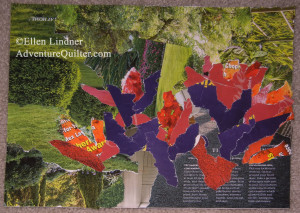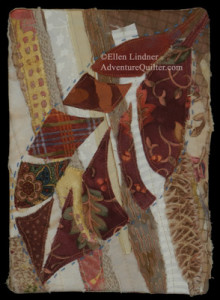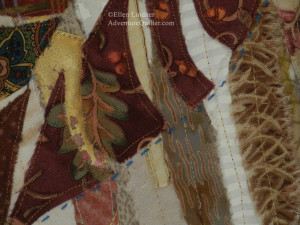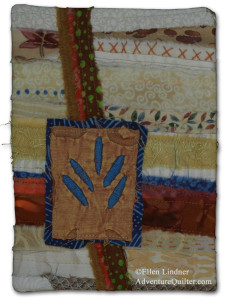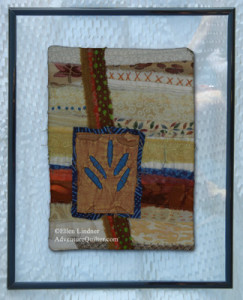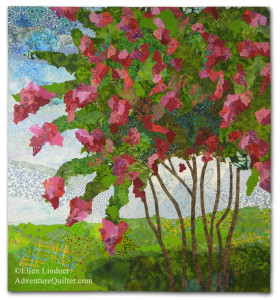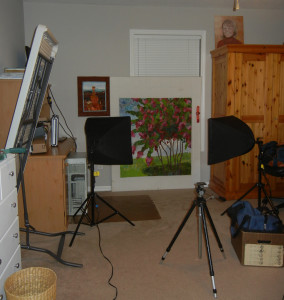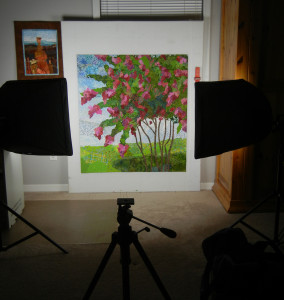“Dancing Toward the Sun”
Here’s my latest quilt, “Dancing Toward the Sun.” I’m quite happy with it.
Click on any image for a much larger view
I love the personality of the piece. To me, the little sprout is moving and
grooving as it basks in the warm rays of the sun. You can see that, right?
In addition to being pleased with the look of this piece, I also enjoyed the process. I tried some new techniques that were a little bit faster and it all came together easily. (Which is often not the case!)
A few local friends have seen this piece in person and they have really loved it. Based on that, and the ease of construction, I’m thinking about offering a smaller version of this project as a class. I’d call it “New Growth.” Because of the imagery, but also because of the potential for artistic growth as students try new things. What do you think?
Ellen Lindner
P.S. Read about the making of this quilt in the three previous posts.
P.P.S. Find out how to audition this piece in your home.
